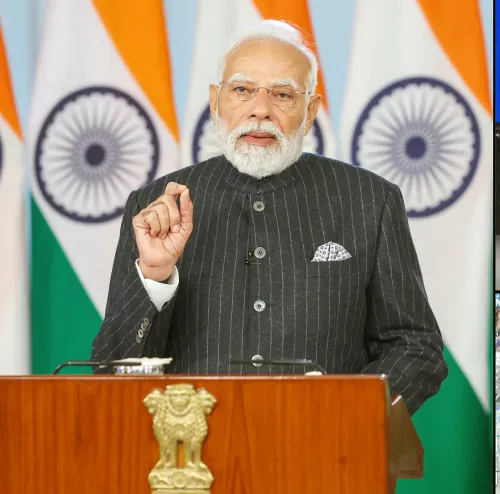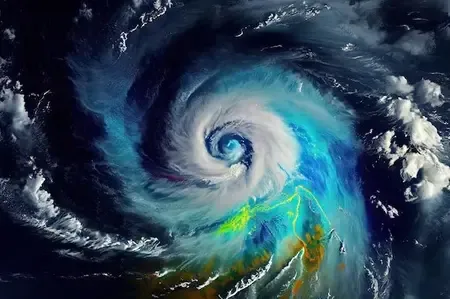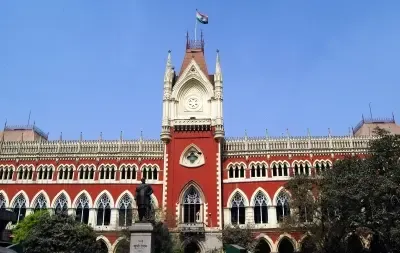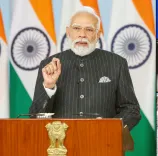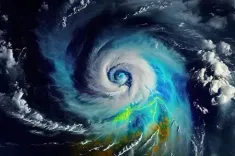Ganga Water Quality Suitable for Bathing During Mahakumbh: Bhupender Yadav
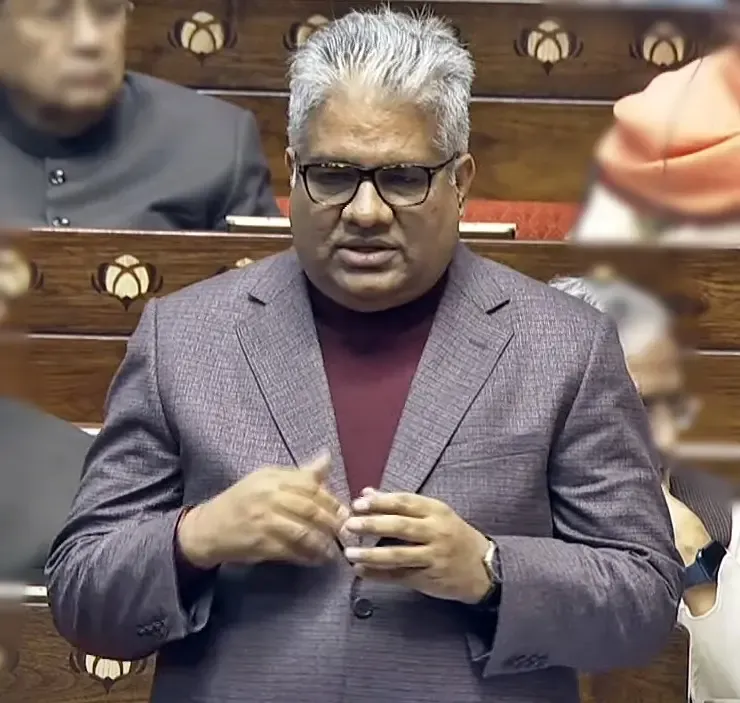
Synopsis
Key Takeaways
- Ganga water quality met bathing standards.
- Monitoring conducted at 10 locations.
- CPCB reports show compliance with health parameters.
- State implemented wastewater treatment measures.
- Increased monitoring frequency enhances data reliability.
New Delhi, March 10 (NationPress) The quality of Ganga water, assessed at 10 locations close to Prayagraj during the Maha Kumbh, met the required standards for bathing throughout the grand event, as stated by Minister for Environment, Forest and Climate Change Bhupender Yadav in Parliament on Monday.
According to a report from the Central Pollution Control Board (CPCB) dated February 28, the median values for pH, Dissolved Oxygen (DO), Biochemical Oxygen Demand (BOD), and Faecal Coliform (FC) across all monitored sites along the Ganga fell within the permissible limits for bathing water, as mentioned by the minister in response to inquiries.
The Minister was addressing questions raised by Samajwadi Party MP Anand Bhadauriya and Congress representative from Kerala, K. Sudhakaran, who queried whether the CPCB had recently notified the National Green Tribunal (NGT) that the water quality at the confluence of the Ganga and Yamuna rivers in Prayagraj during the Maha Kumbh did not meet the essential bathing standards.
Yadav noted that prior to the February 28 report, the CPCB had presented an initial monitoring report dated February 3 to the NGT, which detailed water quality data collected at seven locations from January 12 to 26.
The Minister mentioned that subsequently, three additional water quality monitoring sites were added, and the monitoring frequency was increased to twice daily starting February 21, enhancing the comprehensiveness of the water quality data, bringing the total monitored sites to 10.
Indicating the improved reliability of the data in the February 28 report from CPCB, the Minister emphasized that sample collection frequency had risen to twice a day, compared to twice weekly for the data in the February 3 report.
For the February 3 report, the CPCB conducted regular water quality assessments at seven locations (twice a week) in the stretch from Shringverpur ghat (upstream of Prayagraj) to Deehaghat (downstream of Prayagraj), including at Sangam nose (the confluence of Ganga and Yamuna) since January 12, covering auspicious bathing days (Amrit Snan) and the days before and after them, he stated.
Highlighting steps taken by the state government to ensure bathing-quality water in the Ganga for the event, the Minister noted that 10 STPs were installed to treat wastewater, ensuring that effluents complied with environmental standards before being discharged, along with the installation of 7 geotubes as a temporary measure for treating wastewater from 21 untapped drains.
He added that three prefabricated temporary STPs were established, each with a capacity of 500 KLD in the Mela area, along with three Faecal Sludge Treatment Plants (FSTPs) with a total capacity of 200 KLD (100 KLD, 50 KLD, and 50 KLD).
Furthermore, the UP Jal Nigam employed advanced oxidation techniques to process wastewater, preventing untreated water from entering the Ganga.

